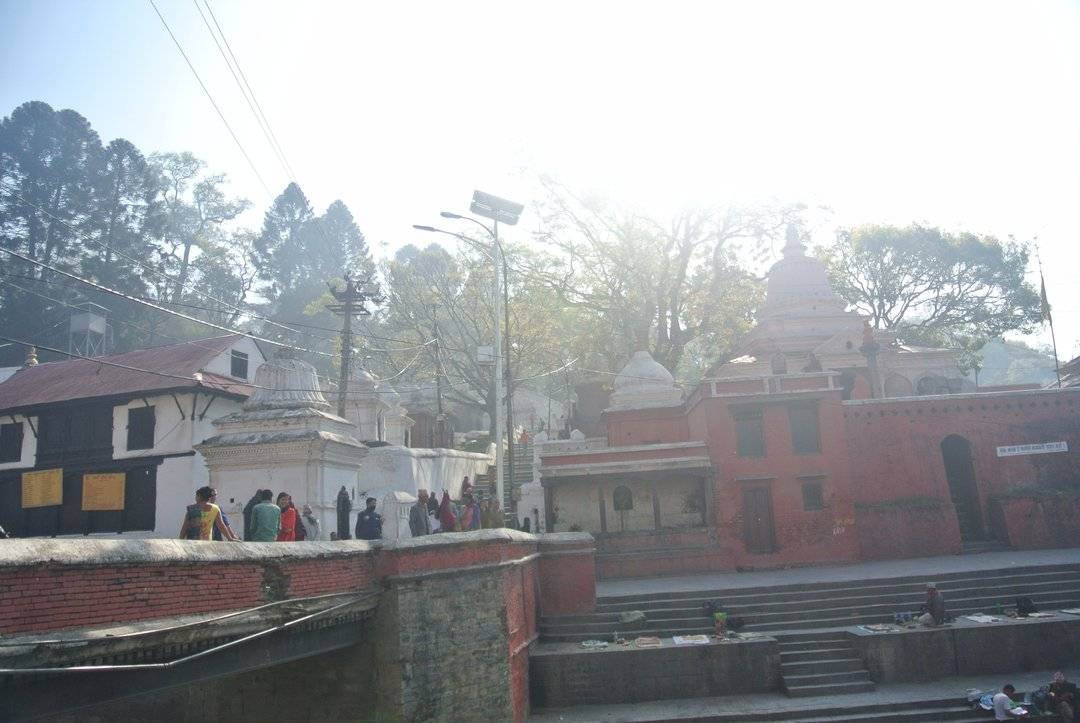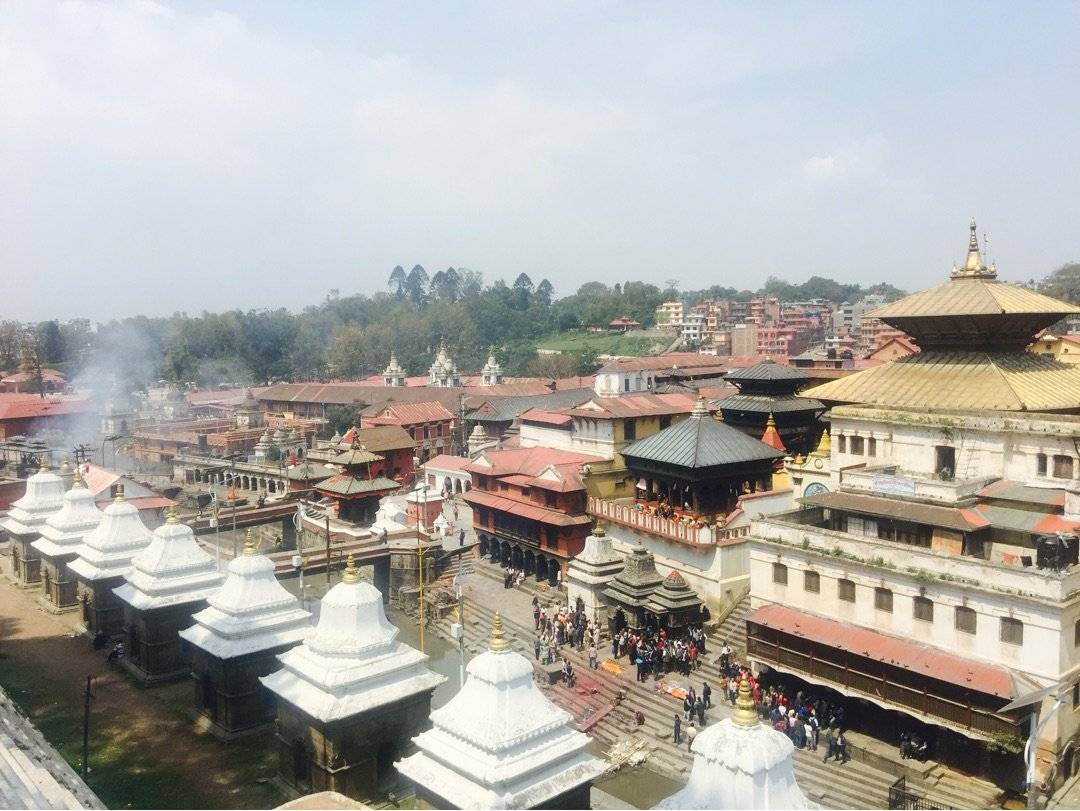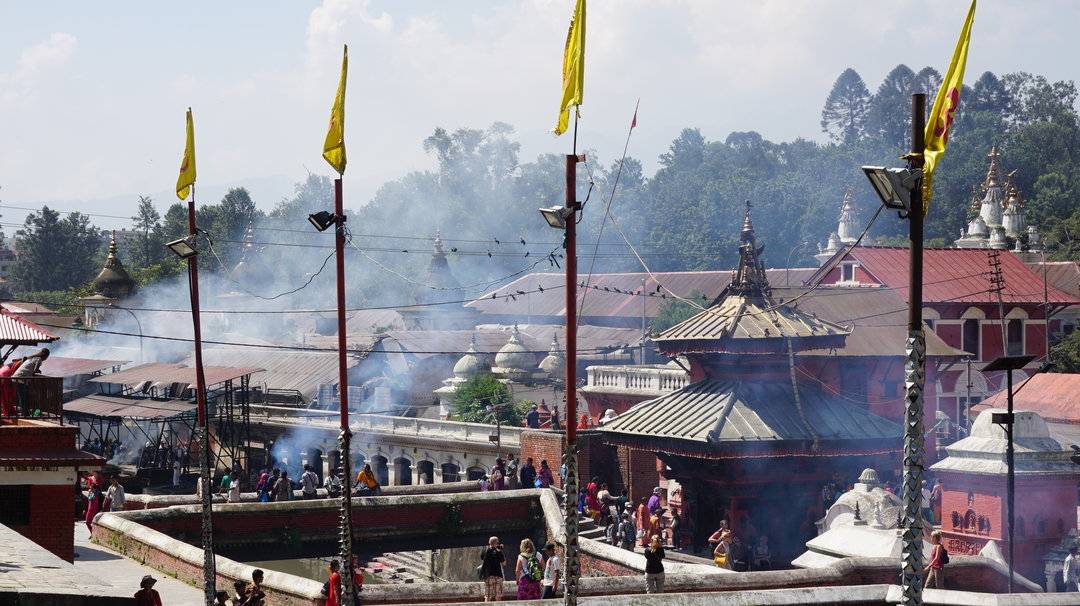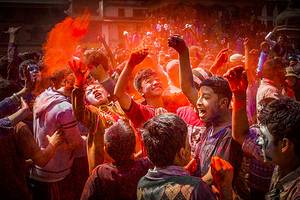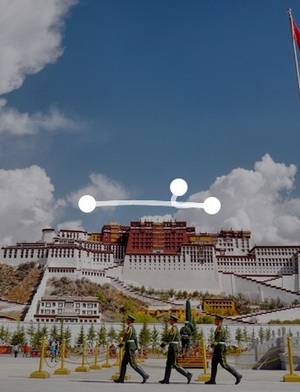Pashupatinath, Witness the Cycle of Life and Death
Unmukta Bairab Temple, Pashupati Sadak, Maiju Bahal, Tilganga, Kathmandu, Bagmati, Central Development Region, 1111, Nepal
4.3
Introduction
Located 5 kilometers east of the Tamil region's ring road and near the airport, the Pashupatinath Temple is the largest Hindu temple in Nepal and one of the four most famous Shiva temples in South Asia. Pashu means "all creatures" and Pati means "lord," representing the embodiment of Lord Shiva. The Bagmati River, where the temple is located, is the holy river of Nepal, and rituals are held on the full moon day every month. In February and March, there is also the Shivaratri festival, which attracts hundreds of thousands of devotees.
Tourists primarily visit this temple and the banks of the Bagmati River to witness Hindu cremation ceremonies, with the best times being in the morning and evening. Non-Hindus are not allowed to enter the temple but can catch a glimpse of the sculpture of the holy bull Nandi outside the west gate. On the northeastern bank of the temple, one can see the residence of Hindu ascetics. On the other side of the river, there is a row of Shivalingas, representing Lord Shiva's creative power and the female reproductive organ. Visitors can also climb to the observation deck and overlook the entire temple complex.
The southern bank of the Pashupatinath Temple is home to Nepal's largest cremation ground, Arya Ghat, where Hindus believe that conducting cremations and scattering the ashes in the Bagmati River is the most sacred ritual. Hence, many travelers refer to the Pashupatinath Temple as the "Cremation Temple." Address Unmukta Bairab Temple, Pashupati Sadak, Maiju Bahal, Tilganga, Kathmandu, Bagmati, Central Development Region, 1111, Nepal
Opening hours No time limit.
Transportation From Tamil area, take a taxi for 250-300 rupees. If walking to the Boudhanath Stupa, continue northeast from the viewing platform on the east bank of the river, visiting the Shiva Temple and Guhyeshwari Temple along the way, then cross the pedestrian bridge and continue northeast for 1.5 kilometers to the Boudhanath Stupa.
 Experience the culture of Hinduism
Experience the culture of Hinduism

















